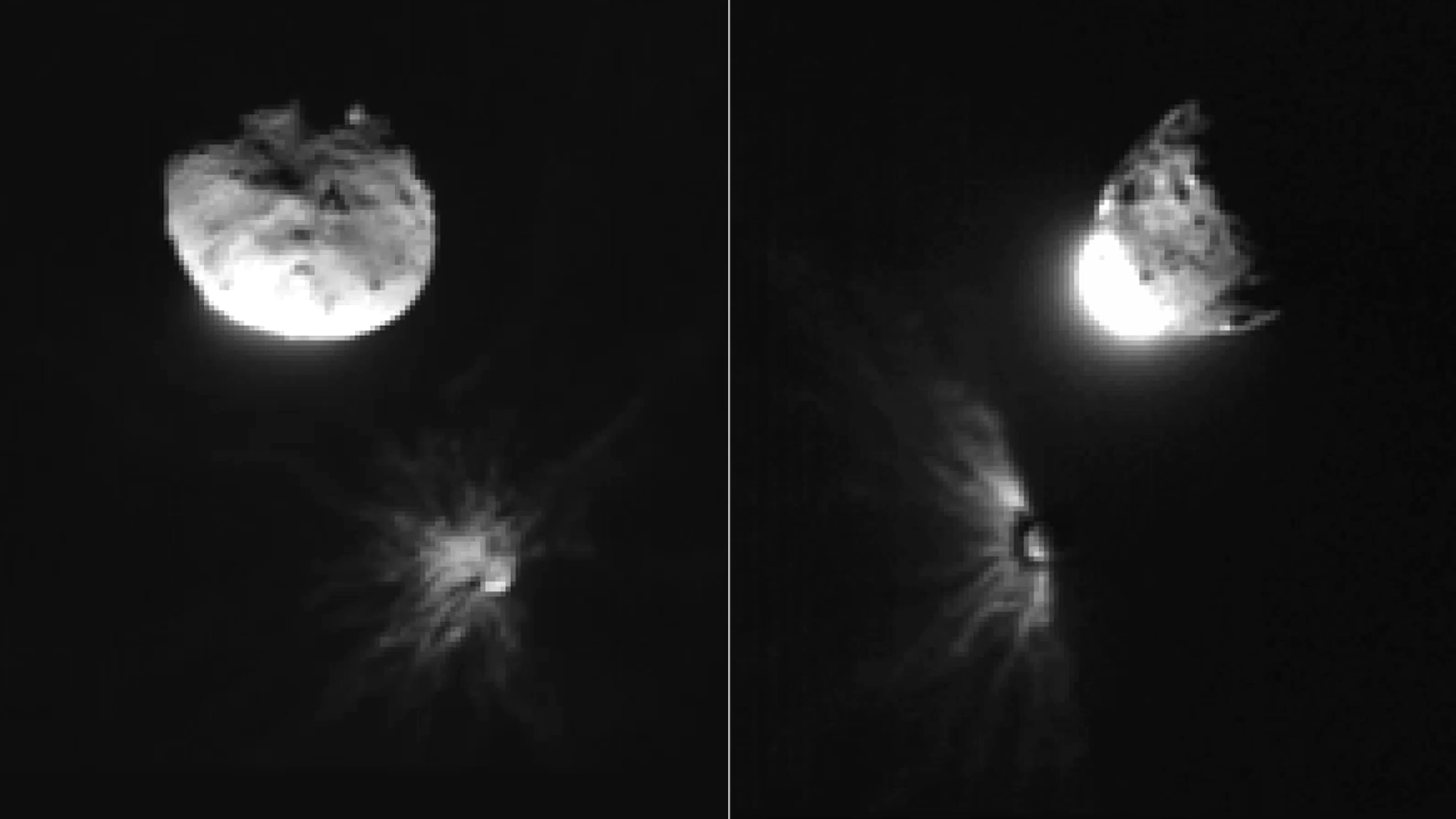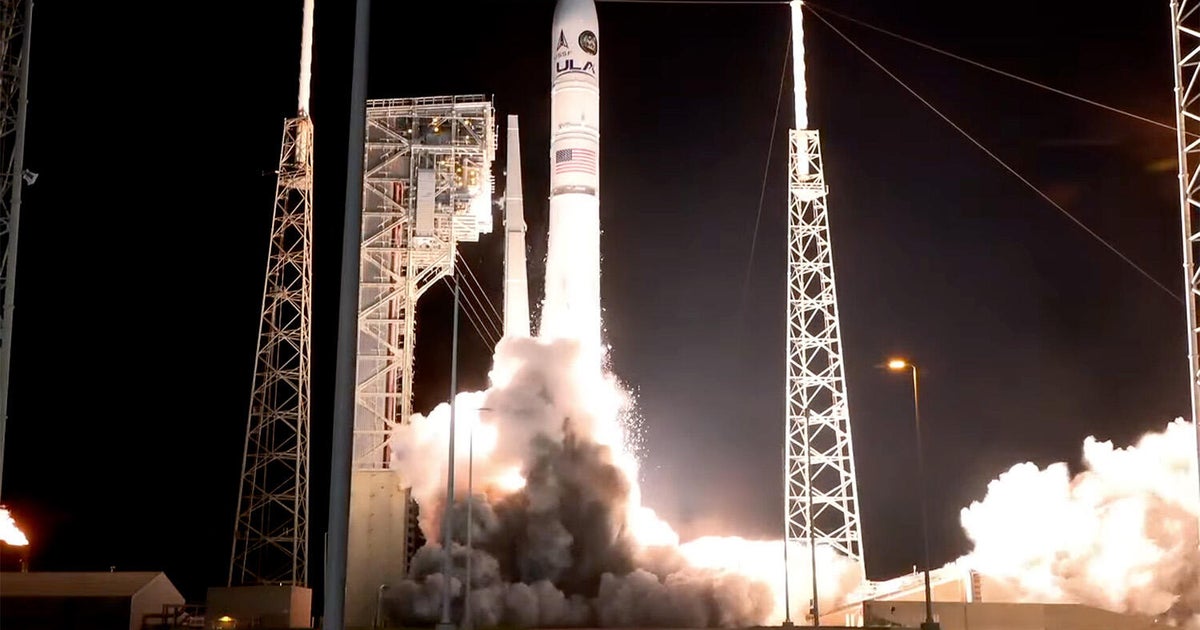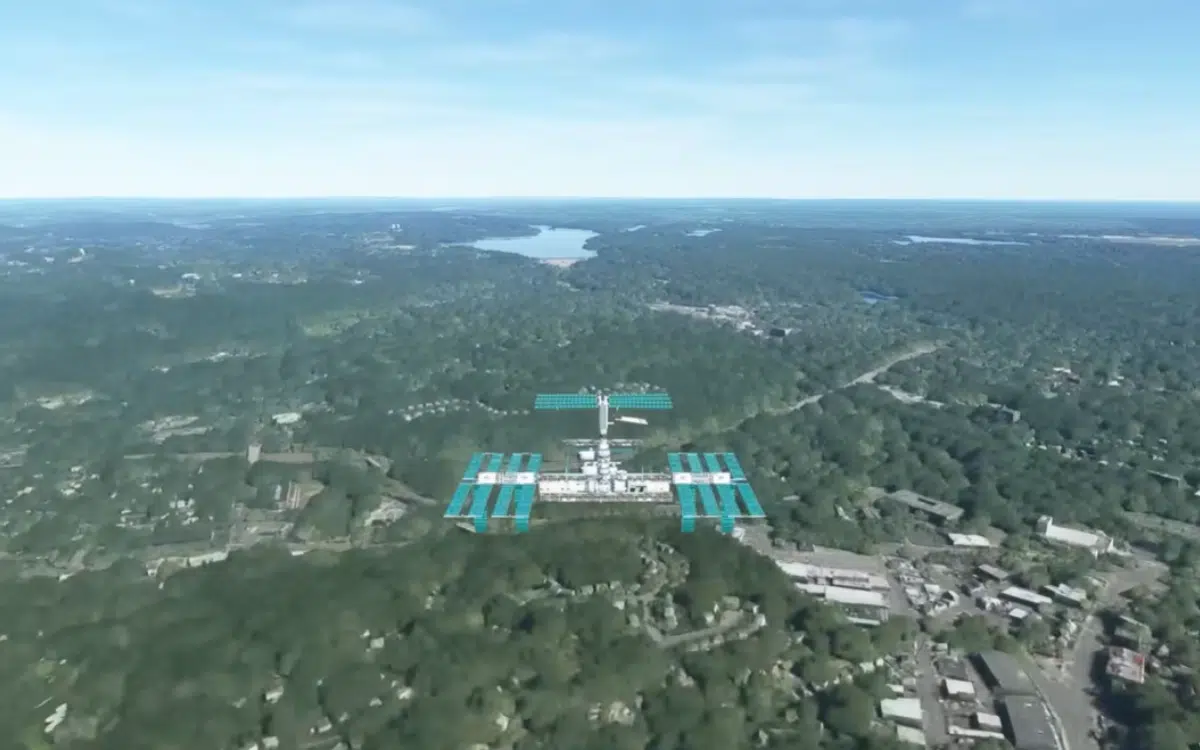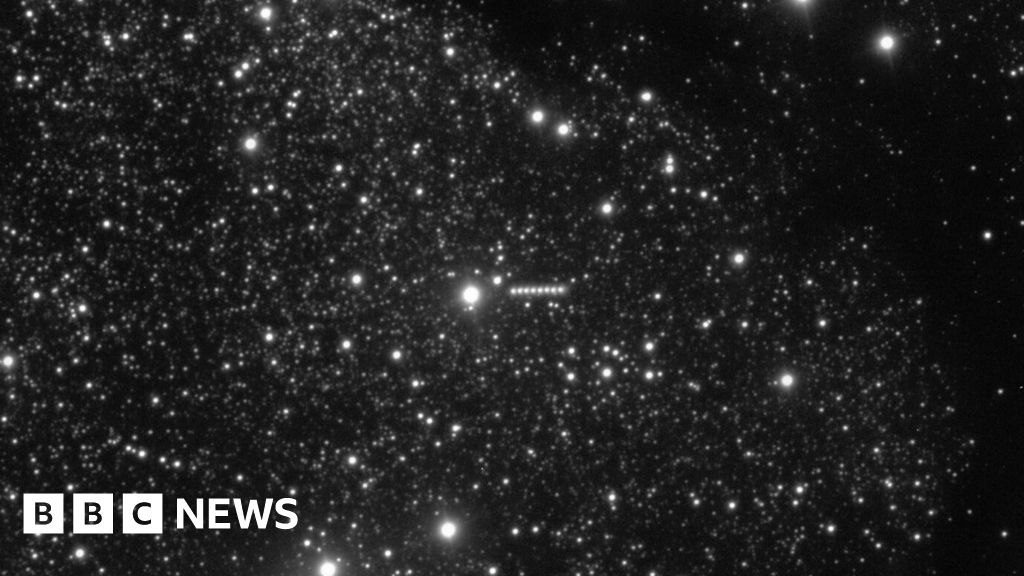U.S. Military Launches Secretive Mini Shuttle on Classified Mission
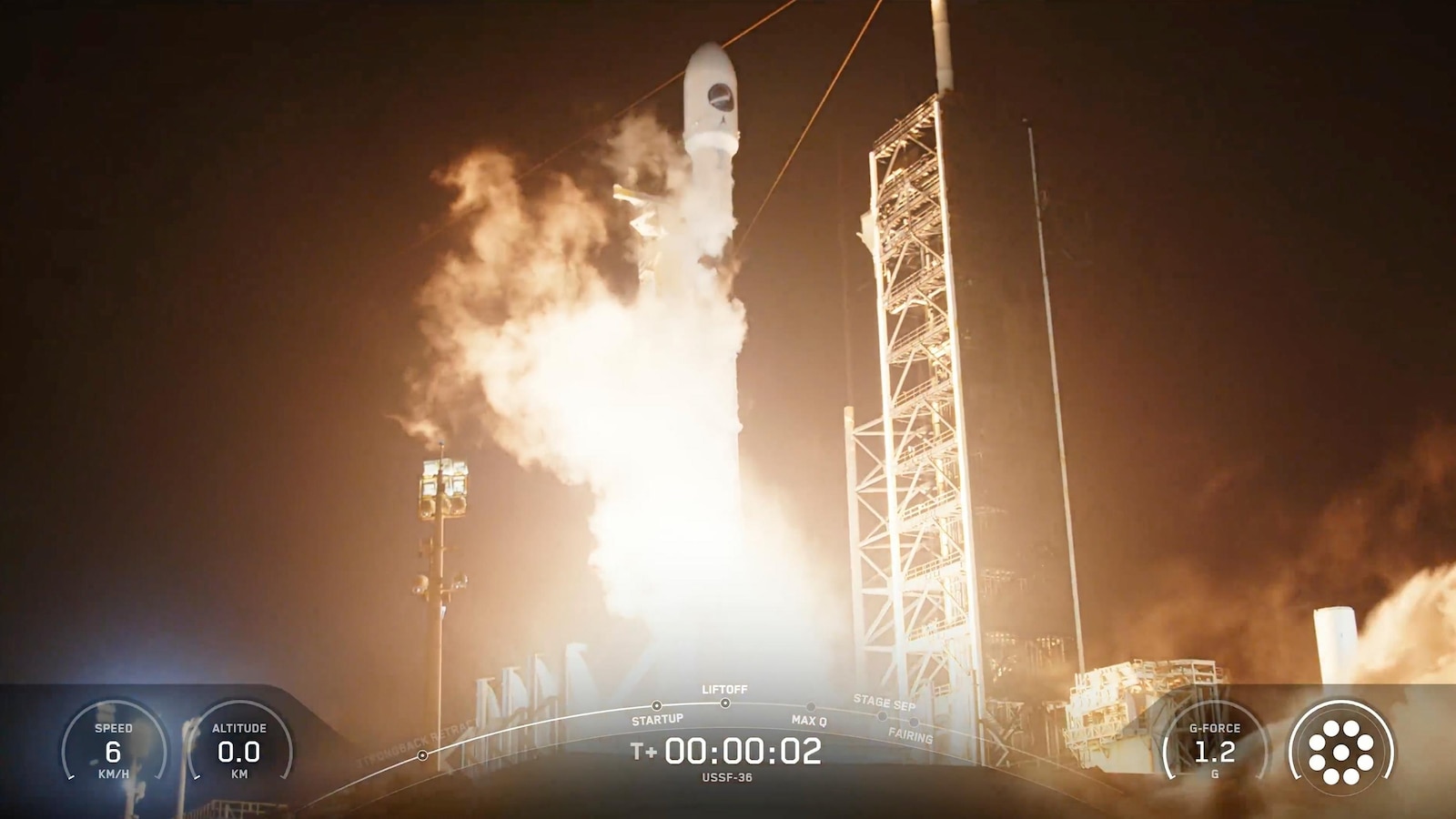
Introduction
In a secretive launch, another U.S. military mini shuttle has blasted off on a classified mission. This launch follows a string of recent missions that have raised questions about the purpose and capabilities of these mini shuttles.
Key Details
The mini shuttle, known as X-37B, was launched from Cape Canaveral in Florida by the Air Force Space Command. This is the sixth mission for the X-37B program, which has been in operation since 2010. The previous mission, which lasted 780 days, sparked speculation about the purpose of the mini shuttle and its potential military applications.
The program has faced criticism for its lack of transparency and the secrecy surrounding its missions. However, the U.S. Air Force maintains that the X-37B is a valuable asset for conducting experiments in space and testing new technologies.
Impact
The launch of another mini shuttle has once again drawn attention to the U.S. military's growing presence in space. With the development of the Space Force, the U.S. is positioning itself as a dominant player in the space domain. This has raised concerns among other nations about the militarization of space and the potential for an arms race in this new frontier.
The launch also serves as a reminder of the technological advancements and capabilities of the U.S. military, and highlights the
About the Organizations Mentioned
Air Force Space Command
## Air Force Space Command: Overview Air Force Space Command (AFSPC) was the U.S. Air Force’s organization responsible for managing America’s military space operations, including satellite communications, missile warning, space surveillance, and space launch capabilities. Established on September 1, 1982, in Colorado Springs, Colorado, AFSPC was created to consolidate and oversee the Air Force’s growing portfolio of space missions[5]. Its formation marked a significant milestone in recognizing space as a critical domain for national security. ## History and Evolution AFSPC’s roots trace back to the early Cold War, when the Air Force began developing missile and satellite technologies under organizations like the Western Development Division[3]. However, it was not until the early 1980s that the Air Force formalized its space mission under a single command. In 1985, the broader U.S. Space Command was established to coordinate all military space activities across the Army, Navy, and Air Force, but AFSPC remained the Air Force’s principal space organization[1][5]. AFSPC’s responsibilities expanded over the years, notably assuming command of the nation’s intercontinental ballistic missiles (ICBMs) in 1993[7]. The command played a pivotal role in Operation Desert Storm (1991), which is often called the “first space war” due to the extensive use of satellites for navigation, communication, and reconnaissance—capabilities largely managed by AFSPC personnel[4][5]. This conflict demonstrated the transformative impact of space systems on modern warfare. ## Key Achievements AFSPC was instrumental in developing and operating critical space assets, such as the Global Positioning System (GPS), early warning satellites for missile defense, and a global network of ground-based space surveillance radars. These systems not only enhanced military effectiveness but also became foundational to global commerce, transportation, and daily life. The command also fostered a culture of innovation, training a cadre
